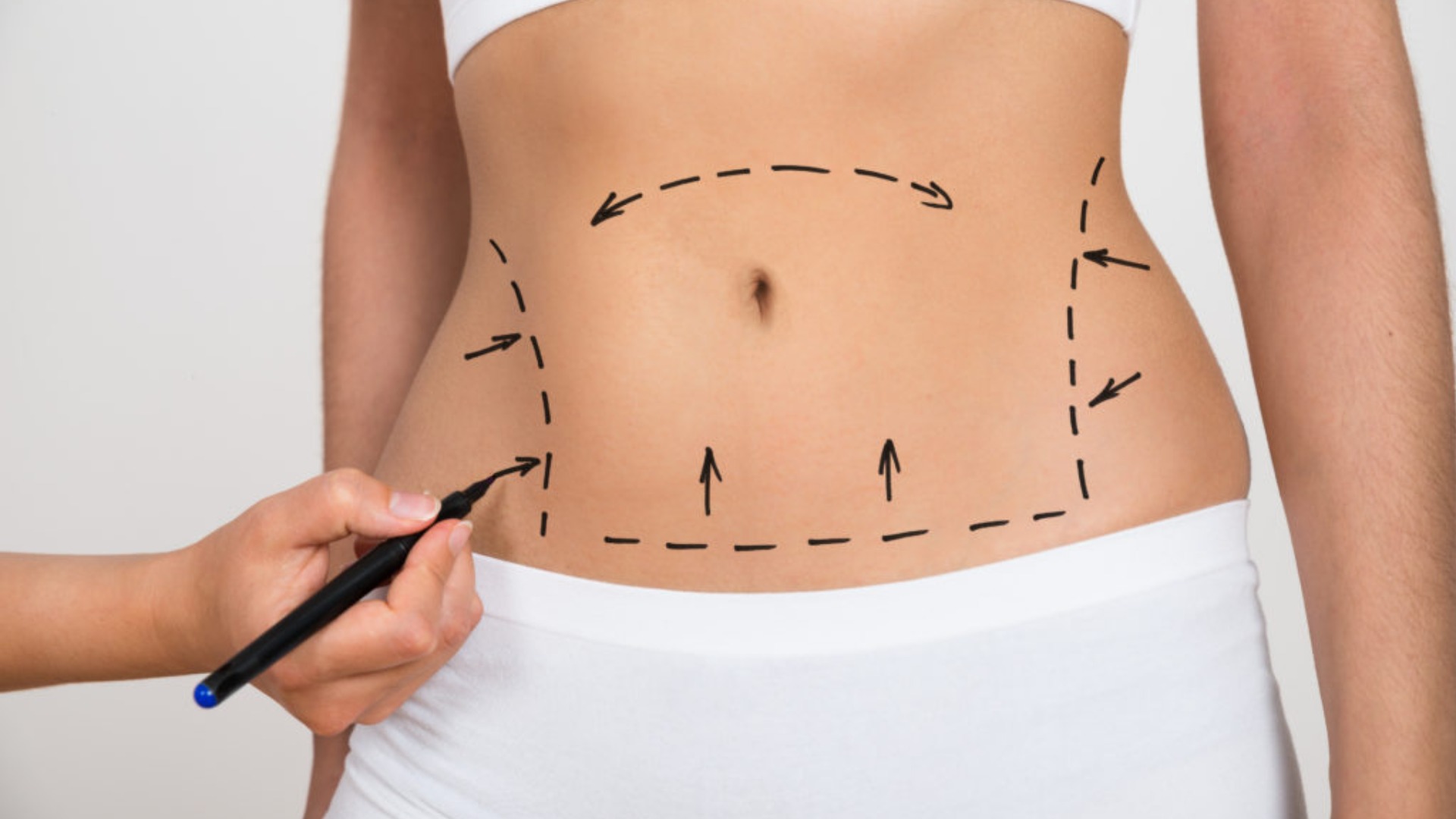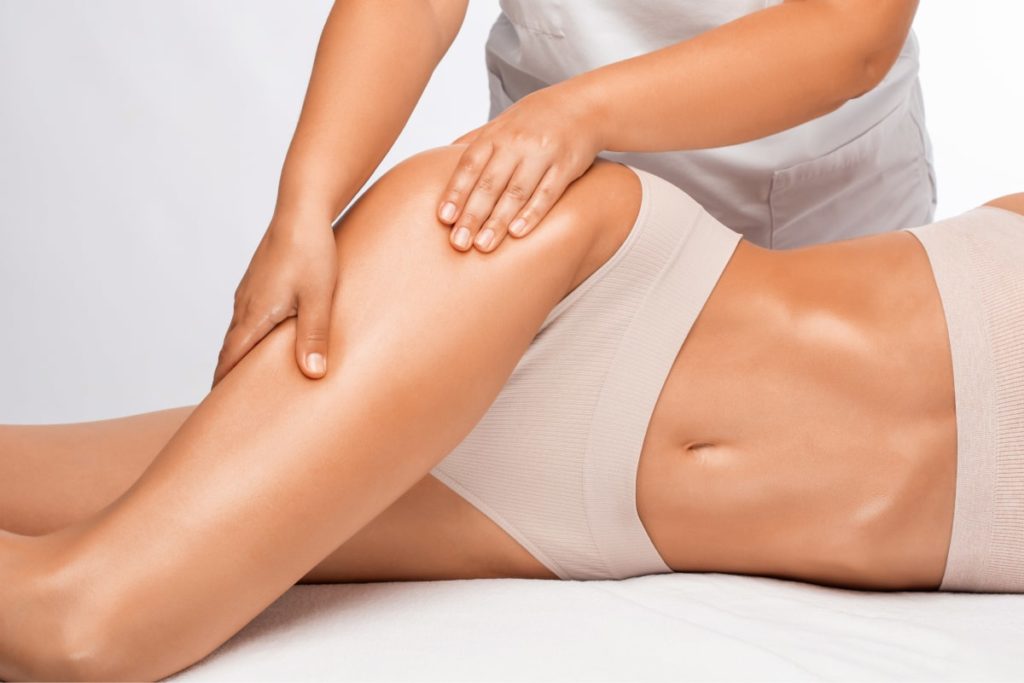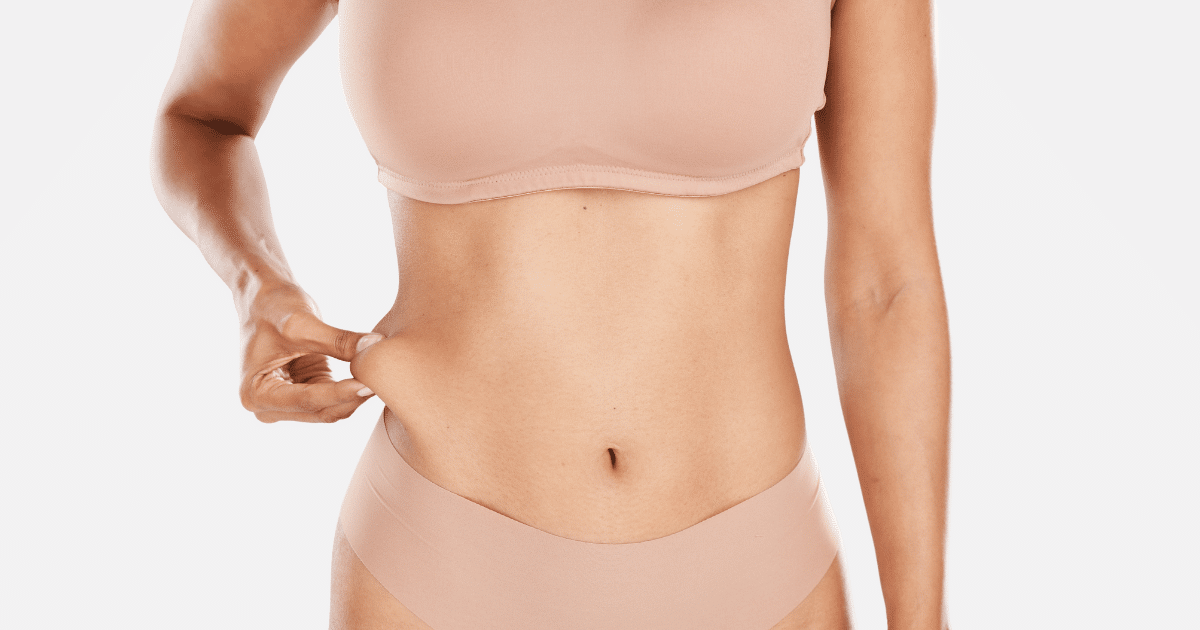40-60ml of HA filler on each hip to provide better symmetry, while combining fillers with lipolysis may reduce up to 25% fat of small areas such as the chin, over 3-4 sessions.
What Are Body Fillers
One classification of injectables is the . Their mode of action is volume enhancement, hence contours of the body to help iron out irregularities of the skin or to fill in wrinkles. Currently, the three most prevalent forms are the HA, CaHA, and PLLA.
HA acts by attracting water molecules, hence volumizing any area like the hips or thighs, where it is placed; CaHA and PLLA act by stimulating collagen production, hence more long-lasting.
In general, HA fillers have strengths of 20-30 mg/mL and work through hydration and volume addition for six to twelve months. CaHA-based products like Radiesse support slumping skin with additional structural support and are therefore especially well-suited for hand or décolletage applications. PLLA fillers stimulate collagen over several months, thereby leading to gradual improvements that can last as long as two years.
Fillers represent a nonsurgical alternative to implant surgery. Unlike implants, fillers also allow patients to return to work within 24 to 48 hours. ASAPS reported in 2023 that body filler treatments increased 15%, further solidifying their position as a top-tier nonsurgical option for contouring.
How They Reduce Fat
While the body fillers remove no fat cells, they only improve the defects through smoothening of the skin and tightening it. When ingested in the upper arms or abdomen. will provide volume, stimulate the formation of collagen and acts to therefore tighten skin and reduce the appearance of localized fat pockets, offering a leaner appearance with time.
Other therapies have combined fillers with injections of deoxycholic acid for the nonsurgical dissolution of fat. This has been found to reduce fat by 20-25% over a period of 2-3 months.
Treatments comprise 20-40 small injections per session, with results evident after eight weeks.
Generally, 4-6 sessions every three to four weeks are necessary for maximum effect.
During the hip and buttock augmentations, HA fillers support reshaping of fat to improve symmetry without surgery. Practitioners reshape the body by specific placement of injectable fillers at strategic sites to decrease the appearance of fat and offer balance.
Contouring with Fillers
The good thing with contouring is that hips, buttocks, and thighs are a great solution with the use of fillers. Hip dips can be treated with 20-40 ml HA filler per side to create soft, round contours. For many patients, it is much better than implants because it offers less downtime and lowers the risk.
PLLA-based fillers give very subtle enhancements of the buttock through stimulation of collagen and yield gradual gains in volume. Larger corrections may distribute 100-150 ml over a series of sessions, and the full result develops over a period of three to four months.
Smaller areas of concern are the calves, knees, and hands. The volume restoration with 10-15 ml of CaHA filler per hand softens the veins and decreases the appearance of aging skin.
Filler vs. Lipolysis
Fillers and lipolysis are complementary in body sculpting. Lipolysis is a procedure of injection of solution preparation that contains compounds such as deoxycholic acid to . It can achieve up to a fat reduction of 30% after multiple sessions. However, lipolysis itself does not improve skin laxity or volume loss; hence, fillers must be considered an adequate complement.
Fillers address the volume, contouring, and asymmetry correction. HA fillers add volume, while CaHA fillers lift and firm areas like the arms or thighs. Many patients combine lipolysis with removal of fat pockets and restoration of volume for optimum contouring using fillers.
Each has different advantages. Lipolysis provides long-lasting fat reduction, though its results are visible after 8-12 weeks. Fillers offer immediate improvement with less downtime and are hence in demand for quick fixes.
Explaining the Treatment Process
A typical course of treatment for fillers begins with a consultation that pinpoints the patient’s desires and determines appropriate fillers. On the day of the procedure itself, a practitioner anesthetizes the area with local anesthesia to minimize discomfort and then marks the site of treatment for accurate injections.
In the process, fine needles or cannulas might be used to minimize bruising. It is estimated that hip-dip correction involves the use of 40-60 ml of HA filler, divided equally between sides. For treatments of the buttocks, it is possible for a practitioner to inject up to 100 mL if needed for shaping. The procedure requires 30-60 minutes per area.
After that, some swelling and bruising can be expected but normally resolve in 2-3 days. Most patients are able to resume normal activities within 24 to 48 hours. Post-treatment instructions include avoidance of strenuous activity and heat for 48 hours for optimal results. How Long Results Last
The effect of the product used may last longer or shorter according to the site of treatment. While HA fillers may last from 6 up to 12 months, CaHA and PLLA last between 18 to 24 months. In areas with less movement, such as the upper arms, it takes more time for the action of such fillers. Thus, maintenance sessions every 12 to 18 months become of vital importance in order to prolong the results.
Whereas, in other areas like buttocks or thighs, it may be done after every 9 to 12 months. Gradually, with successive treatments, it will promote more collagen and the effects will last for a longer period.
Experts suggest that if the filling procedure is correlated with lifestyle habit changes like exercises and proper nutrition, these changes help maintain body outlines and also enrich the appearance of the areas treated.
Safety and Side Effects
Generally speaking, body fillers are safe as long as the pros do them; still, like all medical treatments, there are risks. Common side effects include temporary swelling, redness, and bruising at the injected site, which usually resolves on its own in a matter of days.
Less commonly, lumps or nodules can form under the skin, where follow-up treatments may be performed. A more serious complication is vascular occlusion, in which the filling agent causes an arterial blockage. To minimize risks, many practitioners today use cannula for safer injections and have hyaluronidase on standby-in case the need to dissolve HA fillers arises.
A 2022 study reported in the Journal of Cosmetic Dermatology recorded that 92% of the patients are satisfied with the contour and volume improvement. It is recommended that patients should choose only certified clinics, and also follow post-treatment guidelines such as prohibition of alcohol and avoidance of strenuous activities for up to 48 hours





